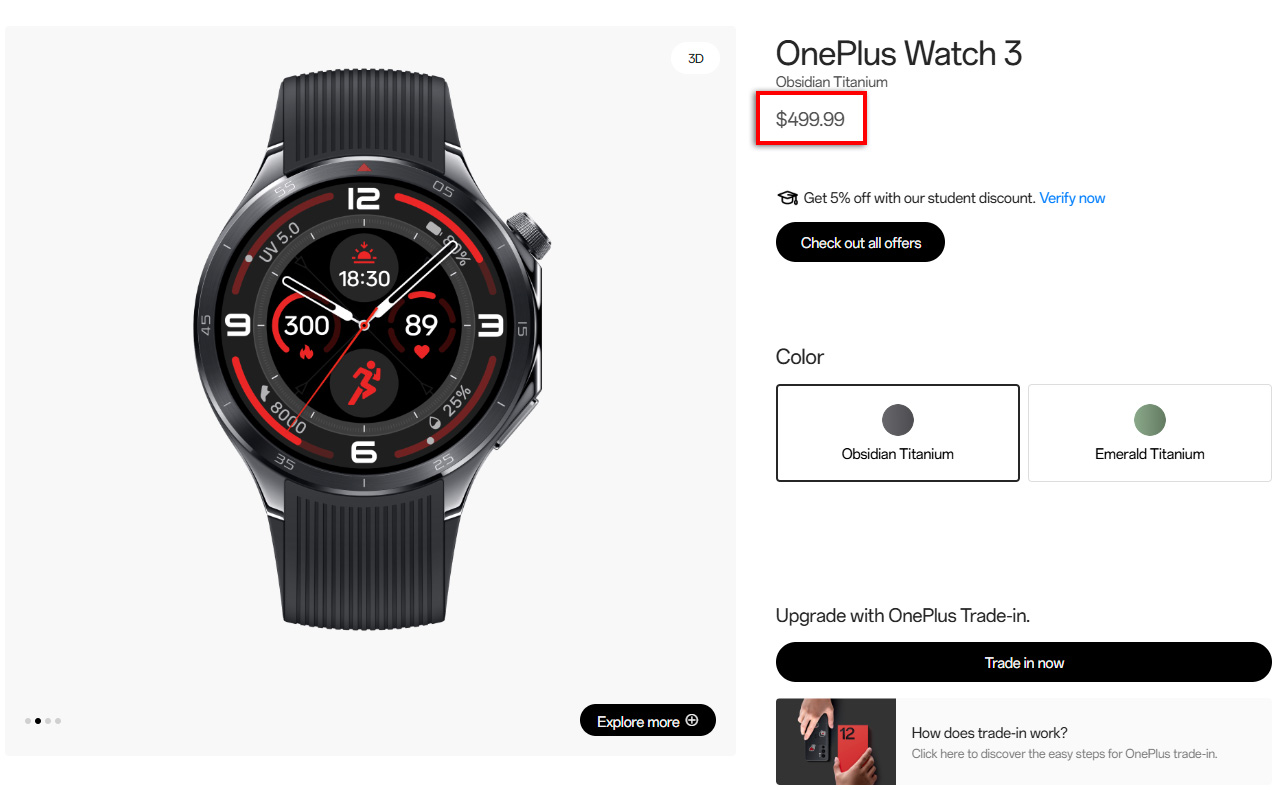
The tariff fees are typically paid on a product's declared value rather than the retail cost.
So a $170 price bump could be close to what the company's US arm will pay to import the Watch 3 in the midst of a trade war.
Many technology firms have attempted to stockpile products in the US ahead of tariffs, but it's possible OnePlus simply couldn't do that because it had to fix its typo.Like past OnePlus wearables, the Watch 3 is a chunky, high-power device with a stainless steel case.
It sports a massive 1.5-inch OLED screen, the latest Snapdragon W5 wearable processor, 32GB of storage, and 2GB of RAM.
It runs Google's Wear OS for smart features, but it also has a dialed-back power-saving mode that runs separate RTOS software.
This robust hardware adds to the manufacturing cost, which also means higher tariffs now.
As it currently stands, the Watch 3 is just too expensive given the competition.OnePlus has managed to piece together a growing ecosystem of devices, including phones, tablets, earbuds, and, yes, smartwatches.
With a combination of competitive prices and high-end specs, it successfully established a foothold in the US market, something few Chinese OEMs have accomplished.The implications go beyond wearables.
OnePlus also swings for the fences with its phone hardware, using the best Arm chips and expensive, high-end OLED panels.
OnePlus tends to price its phones lower than similar Samsung and Google hardware, so it doesn't make as much on each phone.
If the tariffs stick, that strategy could be unviable.

 9
9











